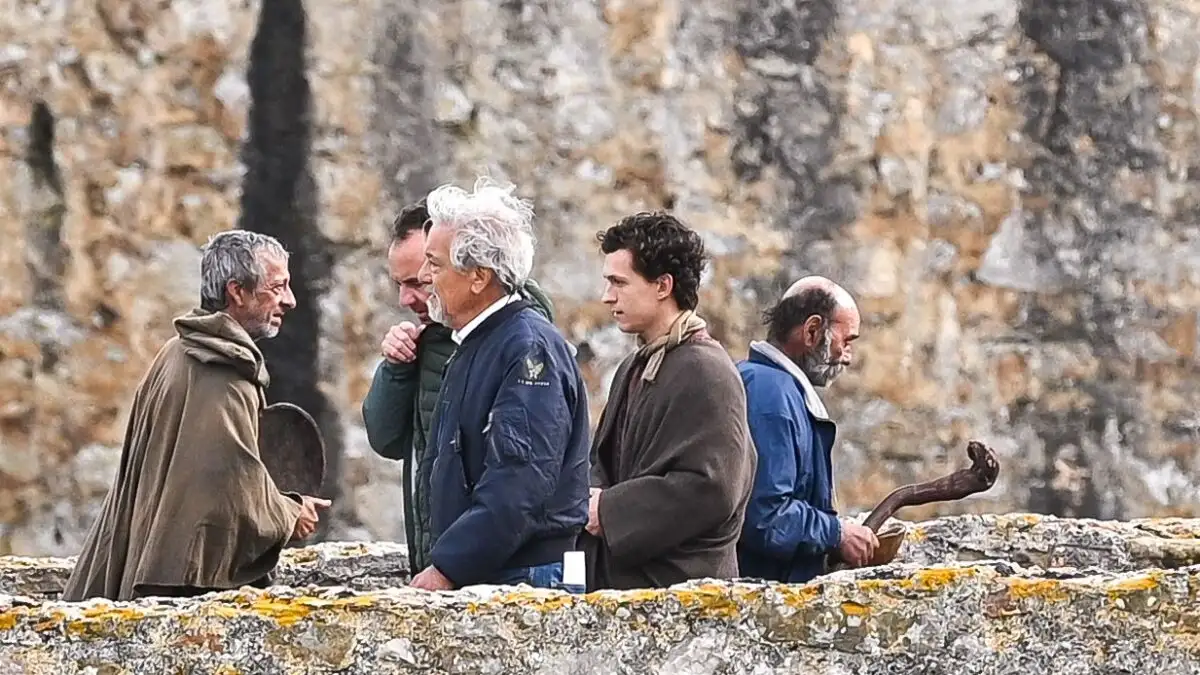In a groundbreaking discovery near the Dead Sea, archaeologists have unearthed a massive pyramid-shaped structure and an ancient roadside station dating back approximately 2,200 years, to the time of the Ptolemies and Seleucid rulers in Judea. The excavation is taking place north of Nahal Zohar in the Judean Desert, led by the Israel Antiquities Authority (IAA) and the Ministry of Heritage, with volunteers from across the country taking part.
At the site of the Zohar Fortress, close to the Dead Sea, researchers have uncovered an array of remarkable artifacts, including fragments of papyrus scrolls, bronze coins from the reigns of Antiochus IV and the Ptolemaic kings, weapons, wooden items, and pieces of ancient textiles.
The excavation team—Matan Toledano, Dr. Eitan Klein, and Amir Ganor of the IAA—described the six-meter-tall pyramid as one of the most fascinating and significant finds in the Judean Desert.
"This is one of the richest and most exciting archaeological digs in the region. The structure we've uncovered is monumental, built from hand-carved stones, each weighing hundreds of kilograms," they stated in an official announcement.
“During just the first week, volunteers uncovered historical written records, rare bronze artifacts, and remarkably well-preserved ancient furniture—thanks to the desert’s dry climate. This area holds immense promise. New discoveries are emerging constantly, and we’re eager to see what the next three weeks will bring,” the archaeologists said.
Protecting a Desert Treasure Trove
The Nahal Zohar excavation is part of a wide-scale operation aimed at protecting archaeological treasures in the Judean Desert from looting. This national program, launched eight years ago, is jointly funded by the Ministry of Heritage, the Archaeology Unit of the Civil Administration, and the Israel Antiquities Authority.
A dedicated research team from the IAA’s Theft Prevention Unit systematically scanned 180 kilometers of desert cliffs, identifying around 900 caves. Using climbing gear, advanced technology, and specialized documentation methods, they’ve unearthed thousands of rare artifacts, including ancient scrolls and scroll fragments, wooden tools, weapons, textiles, leather goods, woven carpets, and coin hoards.
“This excavation is reshaping our understanding of the region’s history,” said Toledano, Klein, and Ganor. “Contrary to earlier theories suggesting the structure belonged to the First Temple period, evidence now points to a later construction during the Hellenistic period, under Ptolemaic rule. Its original purpose remains unclear.”
“Was it a military outpost guarding a vital trade route for salt and asphalt transported from the Dead Sea to the coast? Or did this massive structure atop the mountain once serve as a burial marker or ancient monument? It remains a captivating historical mystery, and we’re thrilled that the public is helping us uncover the answers.”
A Call to Discover History
Eli Eskozido, Director of the Israel Antiquities Authority, called the discovery and excavation efforts “pioneering.”
“The research in the Judean Desert stands as one of the most important archaeological projects in our nation’s history. The findings are extraordinary, with immense historical and scientific value,” he said.
“As Passover and spring approach, I invite Israelis to join us. In these challenging times, a few days of exploration and discovery in the Judean Desert can be a unifying and rejuvenating experience for all,” Eskozido added.










































